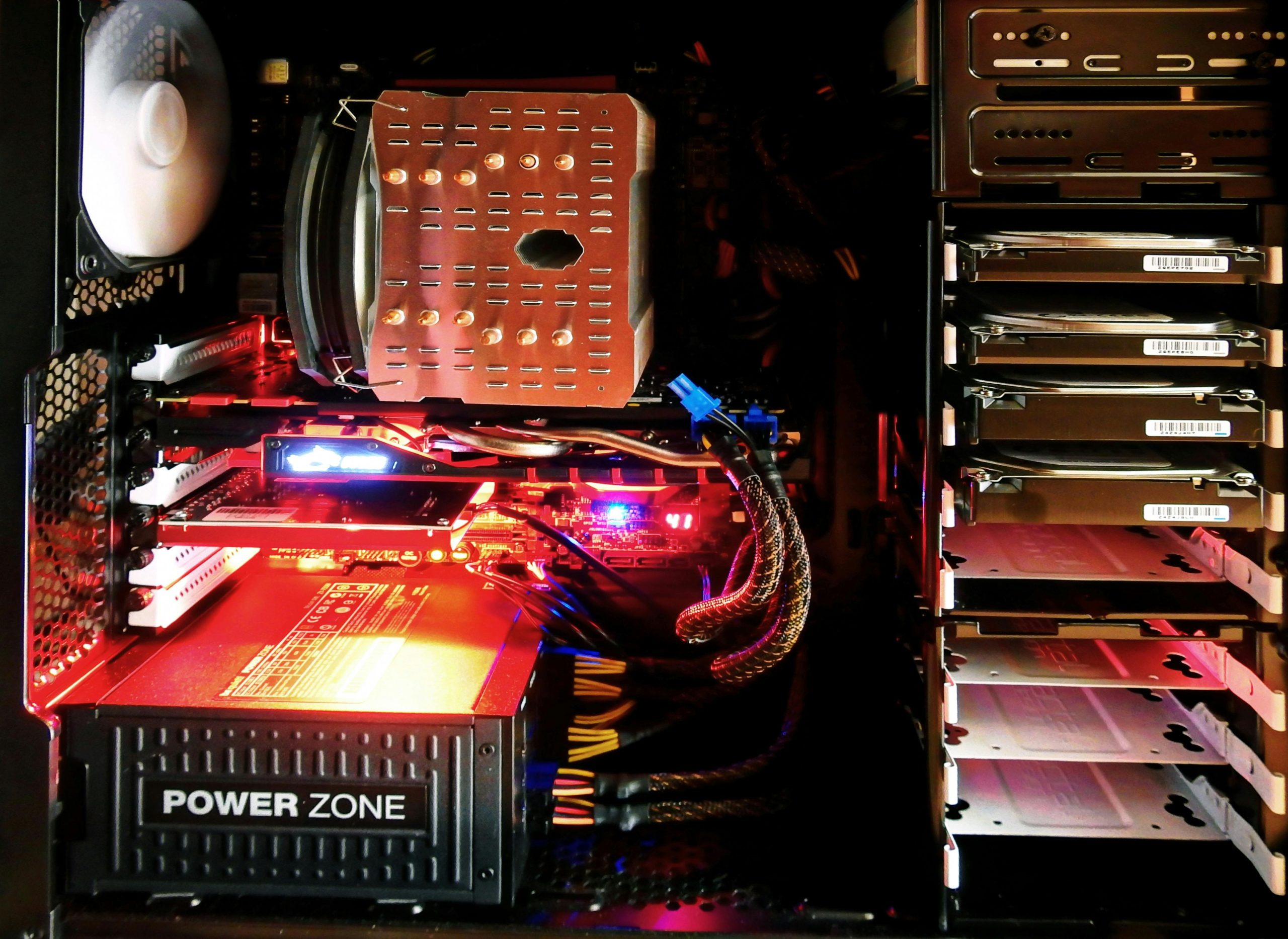Understanding the Impact of Fan Count in Graphics Card Performance: A Closer Look at 2-Fan vs. 3-Fan GPUs
When selecting a new graphics card for a PC build, enthusiasts and casual users alike often encounter questions about the differences between various variants of the same model. One common consideration is the number of cooling fans—specifically, how a 2-fan GPU compares to its 3-fan counterpart.
In this article, we’ll explore whether opting for a 3-fan graphics card offers significant advantages over a 2-fan version, particularly in terms of thermal performance, and what factors might influence your decision.
Understanding the Variants
Many modern GPUs are available in multiple configurations, primarily differentiated by their cooling solutions. For example, the AMD RX 7700 XT is typically offered in both 2-fan and 3-fan variants. Aside from the number of fans, these models often share the same core specifications, with differences limited to cooling design, aesthetics, and price.
Core Questions: Does the Additional Fan Make a Difference?
The main concern for buyers is whether the extra fan translates into better thermal performance—specifically, lower temperatures during operation. Cooler temperatures can contribute to increased hardware longevity, improved stability, and potentially higher overclocking headroom.
The Role of Multiple Fans in GPU Cooling
Adding more fans to a GPU cooling solution generally improves airflow distribution across the heatsink, potentially leading to better heat dissipation. In theory, a 3-fan setup should reduce GPU temperatures compared to a 2-fan configuration, assuming all other factors (such as heatsink design and airflow management within the PC case) are equal.
Practical Considerations
However, the real-world temperature difference may not always be substantial. Several factors influence thermal performance, including:
-
Heatsink Design: The quality and design of the heatsink itself play a critical role in heat dissipation. A well-designed 2-fan heatsink can outperform a poorly designed 3-fan one.
-
Case airflow: Adequate case ventilation significantly impacts GPU temperatures. Proper airflow can diminish the necessity for additional fans directly on the GPU.
-
Fan speed and control: The efficiency of the fans in managing airflow, along with user-adjusted settings, can affect temperature outcomes more than the number of fans alone.
-
Noise levels: Increasing the number of fans can lead to higher noise output, which may be a consideration for quiet operation
Share this content:



